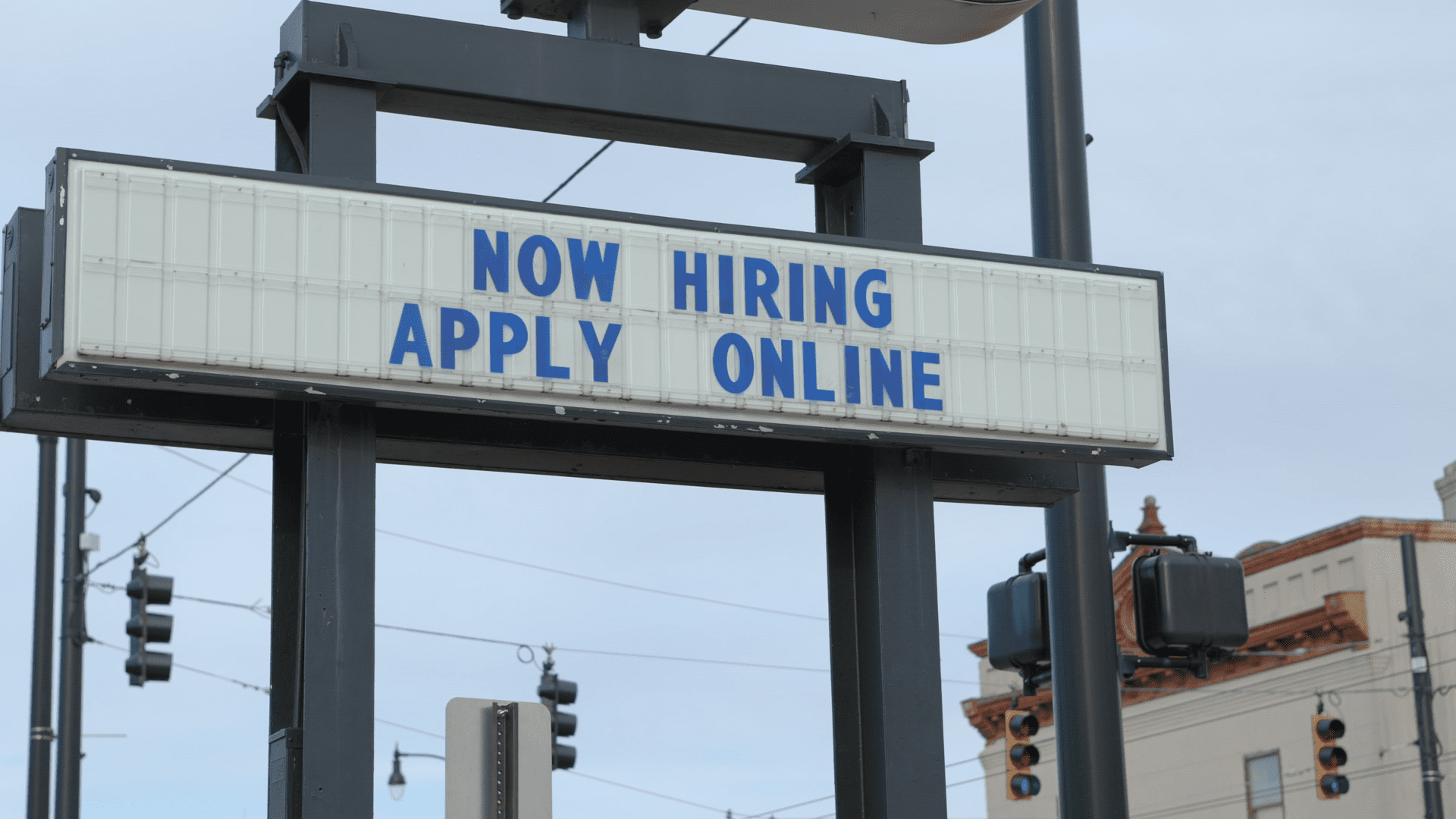Little change in July for Minnesota jobs

Minnesota’s jobs and labor force didn’t change much in July. The state lost a small number of jobs and recorded slightly fewer would-be workers in July, according to data from DEED, or the Minnesota Department of EMployment and Economic Development.
Minnesota’s unemployment rate increased to 3.2% as employers drops about 1,100 jobs in July. National unemployment rate is 4.3%, so Minnesota is still lower.
Minnesota’s labor force is smaller by about 2,200 people coming out of July. The state’s labor force participation rate continues to be among the highest in the country at 67.8%.
“Despite monthly variance, Minnesota’s economy remains in a strong place. Companies report that they expect to continue hiring, we’re monitoring dozens of business expansions that will create thousands of jobs, and DEED is working hard to grow the state’s labor force as our new workforce programs enroll and graduate participants,” said DEED Commissioner Matt Varilek. “We’re also eagerly watching macroeconomic factors that could drive Minnesota business growth and hiring, including interest rate decisions from the Federal Reserve.”
Three of Minnesota’s 11 supersectors gained jobs last month, led by Education & Health Services, which added 4,300 jobs. Six supersectors lost jobs, including Trade, Transportation & Utilities, down 2,400 jobs; Leisure & Hospitality, down 2,000 jobs; and Financial Activities, down 1,100 jobs.
Wages for Minnesota workers continue to be high. Average hourly wages for private sector workers increased $1.42, or 3.9% over the year. The Consumer Price Index (CPI) a common measure of inflation, rose 2.9% over the year, meaning wages increased faster than inflation.